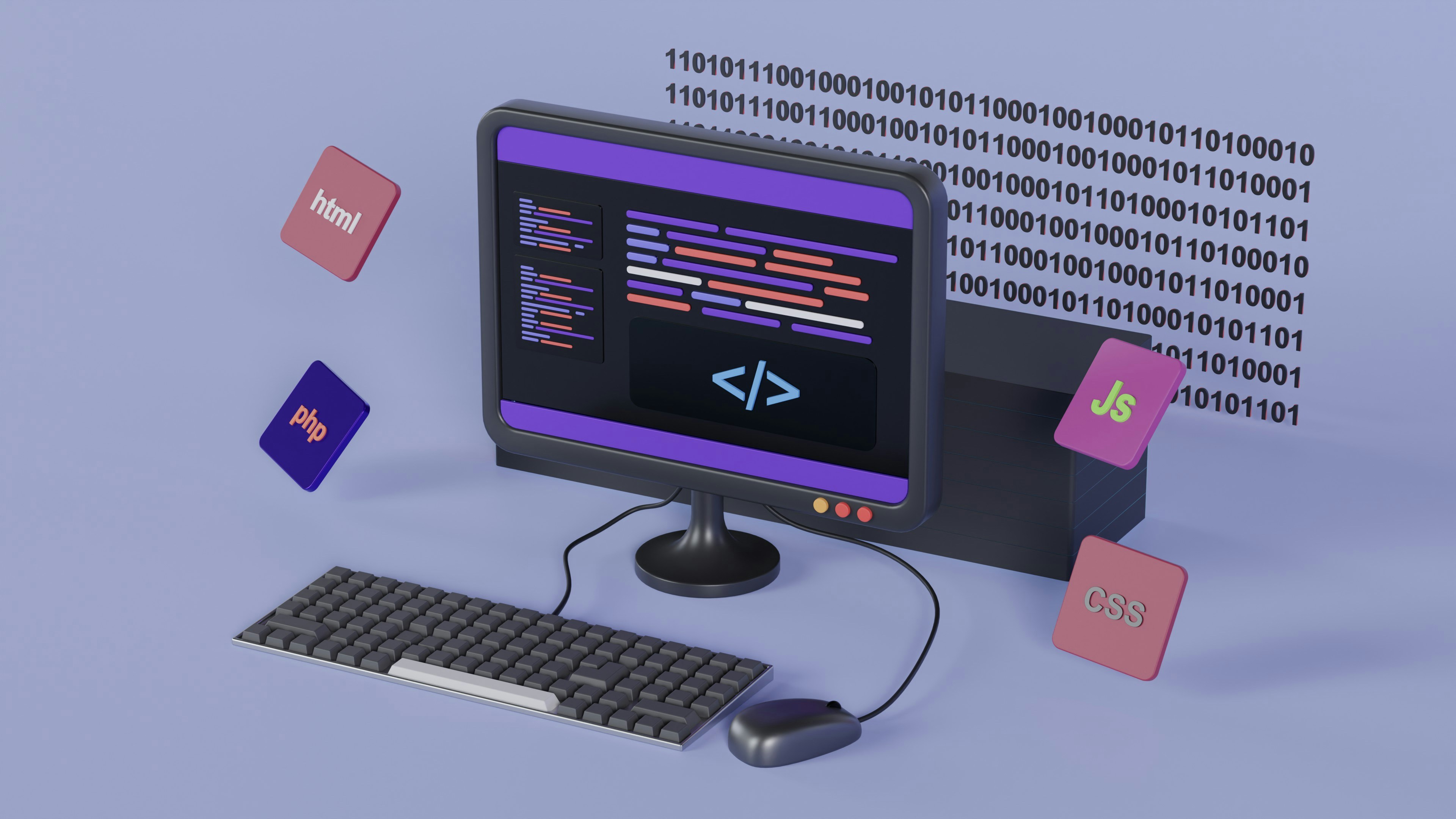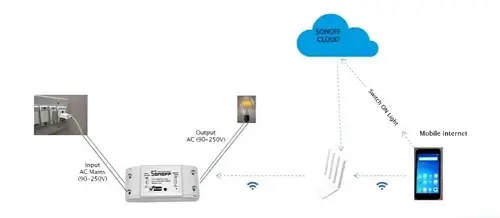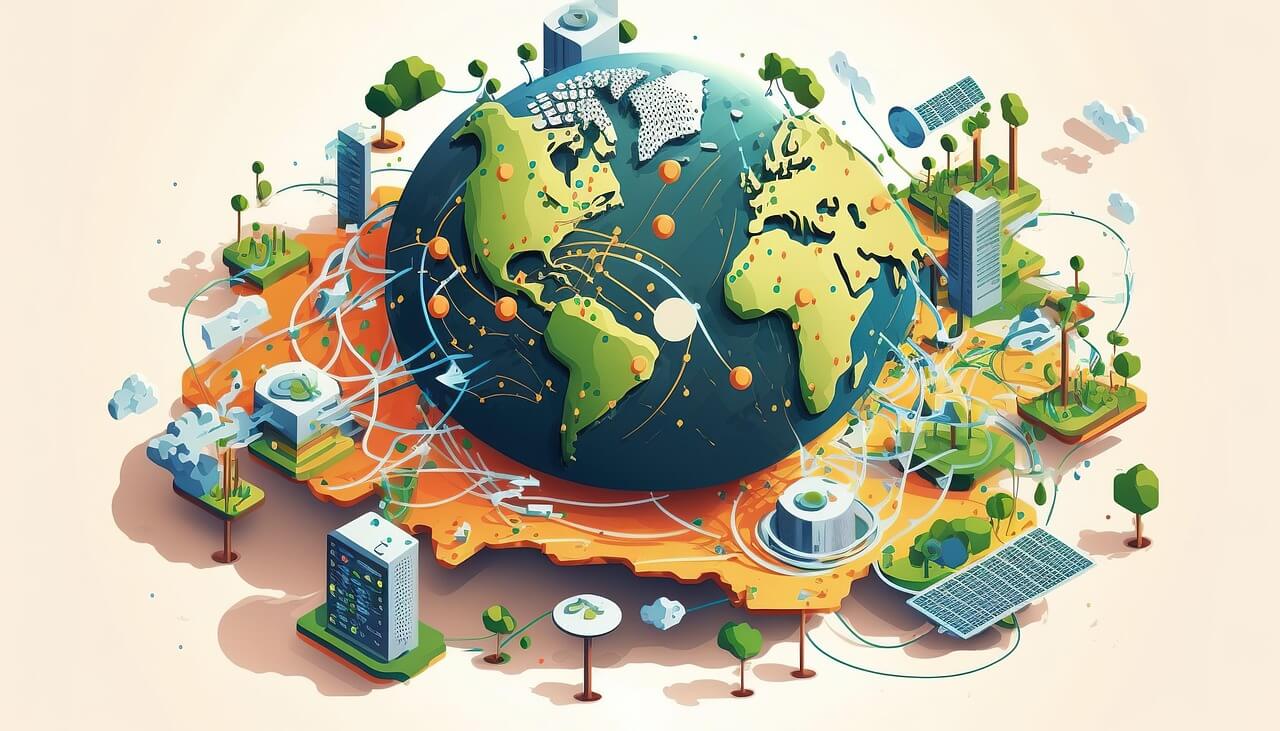Remember When Data Was Simple?
Hey, remember the days when our biggest tech concern was whether our dial-up connection would hold long enough to download a song? Life seemed so straightforward back then. These days, though, we've got so much more going on with technology, especially when it comes to how we handle data. Enter edge computing and the Internet of Things (IoT). Now, that might sound all techy and intimidating, but I promise it's something you'll want to know about—especially if you're anything like me and love a good gadget.
Why Edge Computing Matters
So, let's break it down. Edge computing is all about processing data closer to where it's created rather than sending it halfway around the world to a centralized data center. It's kind of like choosing between going to the big supermarket miles away or just popping down to your corner shop. The local option is faster, right? That's exactly what edge computing does for data.
Now you might wonder: why does this matter? Well, think about all those smart devices we have now—your smartphone, smart fridge (if you're lucky), even those fitness trackers. They're constantly collecting data. If every single piece of information had to travel back and forth from some distant server farm, we'd be drowning in lag time.
Real-Life Examples
I recently went on a road trip with my family, relying heavily on our car’s navigation system that uses real-time traffic updates. Without edge computing handling data quickly right there in the car, I'd probably still be stuck in some traffic jam outside a tiny town I can't even pronounce. That instant processing at the 'edge' means quicker decisions—and in this case, choosing an alternate route without missing a beat.
IoT's Role
The IoT connects everyday objects to the internet—think Alexa controlling your lights or your smartwatch nudging you to move more. With IoT devices everywhere, there’s just too much happening at once for a single central server to handle efficiently.
Picture this: You’re hosting friends for dinner and using smart home devices for lighting and music ambiance. If every command had to go all the way to a distant server before executing, you'd end up awkwardly standing around waiting while Alexa slowly dims the lights one bulb at a time.
The Benefits Up Close
Apart from speed (which is already huge), there are more perks when it comes to edge computing. It can enhance privacy since less data needs traveling across networks where it could potentially be intercepted. Plus, by processing information locally first, we’re not overwhelming those big central servers which can lead to less energy usage overall—a nice little win for our planet!
A Practical Approach
- Adopt Smart Tech: Embrace gadgets designed with local processing in mind.
- Stay Informed: Understanding basics of tech trends keeps you ahead.
The next time someone mentions 'edge computing', picture me raising my cup of coffee in solidarity with you because now we're both in on why it matters!




